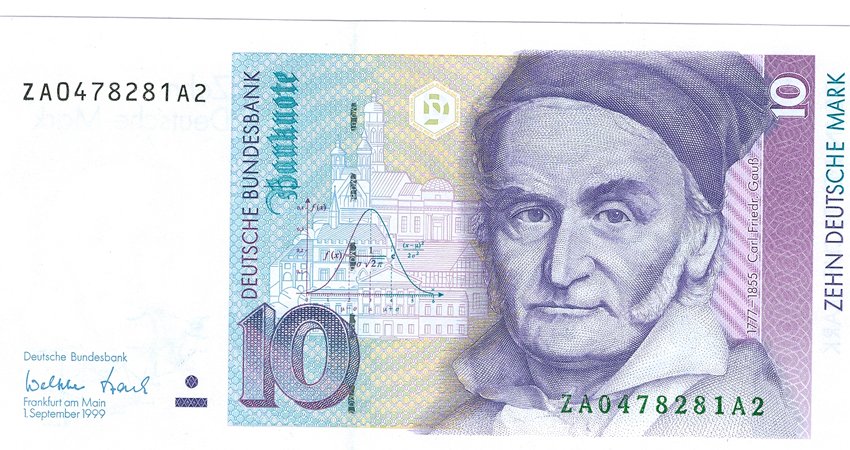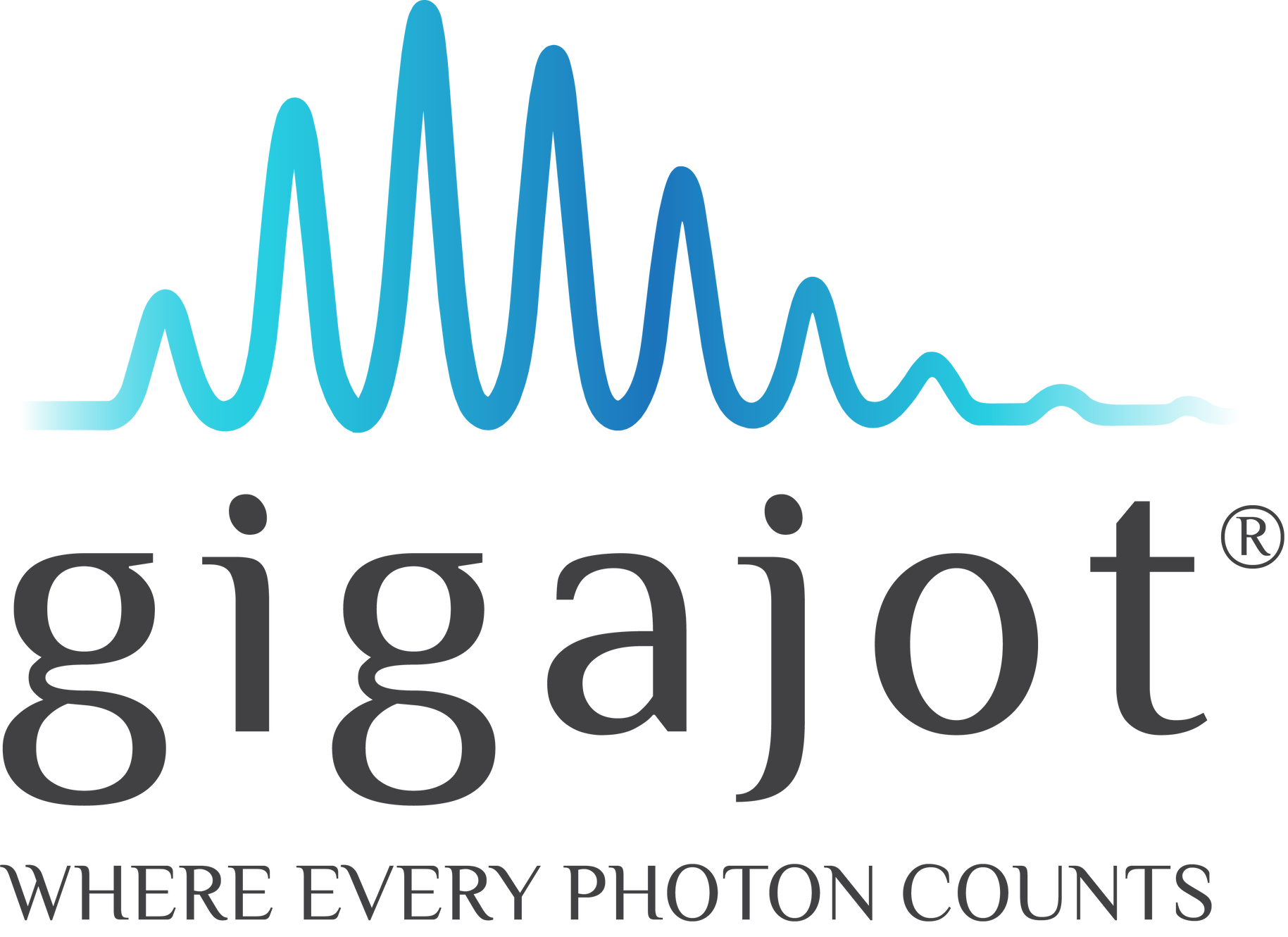Doug Kerr
Well-known member
I've spoken of this matter here before, but I bumped into it today while doing some study, and I thought it might be time time mention it again.
******
We have certainly gotten used to the concept of "equivalent focal length". We say that a lens with a focal length of 50 mm, on "our" camera, with a sensor whose linear dimensions are 0.625 times the dimension of a " full-frame 35-mm"-size sensor, will give the same field of view as would a lens with a focal length of 80 mm (1.6 × 50) on a camera with a full-frame 35-mm-size sensor (and from now on I will for conciseness refer to that as a "ff35" camera).
And thus we say that "our" sensor has a "1.6 equivalent focal length factor".
So it at first does not seem to be a surprise that there has emerged (especially on a certain other forum) the notion of an "equivalent f-number". How that works is this, considering "our" camera as discussed above. A lens on our camera with an aperture of f/2.0 is said to have an "equivalent f-number" of f/3,2 (2.0 × 1.6). (The "1.6" is in fact the equivalent focal length factor for our camera's sensor size.)
Now, historically, our first concern with the f-number has been its effect on exposure. So does the notion above mean that a lens on our camera with an aperture of f/2.0 will have the same effect on exposure that a lens with an aperture of f/3.2 would have on an ff35 camera? No. A lens with an aperture of f/2.0 will have on our camera the same effect on exposure as a lens with an aperture f/2.0 would have on an ff35 camera.
No, the significance of the "equivalent t-number" has to do with our second concern with aperture: its effect on depth of field (and its counterpart, out-of-focus blur performance).
Now, if we consider two cases, involving two cameras with different sensor sizes, and all these factors are the same between the two cases:
Now, the good people on that other forum often are so kind as to provide us with graphs that show the variation with focal length in maximum available aperture for a certain camera (with a certain zoom lens aboard), over the focal length range of the lens. And that's very handy.
But this is not given in terms of f-number, but rather in terms of effective f-number, as described above. Hmm.
Now often two or more different camera-lens rigs have this plotted on the same graph. Is this to tell us how the "speed" of the lenses on the two cameras differ at different focal lengths (often a matter of great interest)? No, it it to show how the effect of the lenses (wide open) on depth of field.
Now, if all the cameras plotted on the chart have the same sensor size, then the plot indeed also shows the difference between the "speed" of the two lenses at different focal lengths. But if, as is often the case, the cameras being compared have different sensor sizes, then we cannot determine from such a chart the difference in lens "speed" between the two cameras at some focal length.
I leave it to the reader to determine how to feel about this practice. I do not have a positive feeling about it.
A second supposed utility of the concept of "equivalent focal length" has to do with the effect of f-number on diffraction. The premise of that notion is complicated (and questionable), but I will not go into that here.
Best regards,
Doug
******
We have certainly gotten used to the concept of "equivalent focal length". We say that a lens with a focal length of 50 mm, on "our" camera, with a sensor whose linear dimensions are 0.625 times the dimension of a " full-frame 35-mm"-size sensor, will give the same field of view as would a lens with a focal length of 80 mm (1.6 × 50) on a camera with a full-frame 35-mm-size sensor (and from now on I will for conciseness refer to that as a "ff35" camera).
And thus we say that "our" sensor has a "1.6 equivalent focal length factor".
So it at first does not seem to be a surprise that there has emerged (especially on a certain other forum) the notion of an "equivalent f-number". How that works is this, considering "our" camera as discussed above. A lens on our camera with an aperture of f/2.0 is said to have an "equivalent f-number" of f/3,2 (2.0 × 1.6). (The "1.6" is in fact the equivalent focal length factor for our camera's sensor size.)
Now, historically, our first concern with the f-number has been its effect on exposure. So does the notion above mean that a lens on our camera with an aperture of f/2.0 will have the same effect on exposure that a lens with an aperture of f/3.2 would have on an ff35 camera? No. A lens with an aperture of f/2.0 will have on our camera the same effect on exposure as a lens with an aperture f/2.0 would have on an ff35 camera.
No, the significance of the "equivalent t-number" has to do with our second concern with aperture: its effect on depth of field (and its counterpart, out-of-focus blur performance).
Now, if we consider two cases, involving two cameras with different sensor sizes, and all these factors are the same between the two cases:
• The lenses have focal, lengths such that the field of view of the two cameras are the same.
• Both cameras are focused at the same distance.
• In each case, we use a circle of confusion diameter limit (COCDL) to reckon depth of field that is a consistent fraction of some dimension of the sensor (maybe its diagonal dimension).
then, with an f/2.0 lens on "our" camera, we will get the same depth of field as we would get with an f/3.2 lens on an ff35 camera.• Both cameras are focused at the same distance.
• In each case, we use a circle of confusion diameter limit (COCDL) to reckon depth of field that is a consistent fraction of some dimension of the sensor (maybe its diagonal dimension).
Now, the good people on that other forum often are so kind as to provide us with graphs that show the variation with focal length in maximum available aperture for a certain camera (with a certain zoom lens aboard), over the focal length range of the lens. And that's very handy.
But this is not given in terms of f-number, but rather in terms of effective f-number, as described above. Hmm.
Now often two or more different camera-lens rigs have this plotted on the same graph. Is this to tell us how the "speed" of the lenses on the two cameras differ at different focal lengths (often a matter of great interest)? No, it it to show how the effect of the lenses (wide open) on depth of field.
Now, if all the cameras plotted on the chart have the same sensor size, then the plot indeed also shows the difference between the "speed" of the two lenses at different focal lengths. But if, as is often the case, the cameras being compared have different sensor sizes, then we cannot determine from such a chart the difference in lens "speed" between the two cameras at some focal length.
I leave it to the reader to determine how to feel about this practice. I do not have a positive feeling about it.
A second supposed utility of the concept of "equivalent focal length" has to do with the effect of f-number on diffraction. The premise of that notion is complicated (and questionable), but I will not go into that here.
Best regards,
Doug



